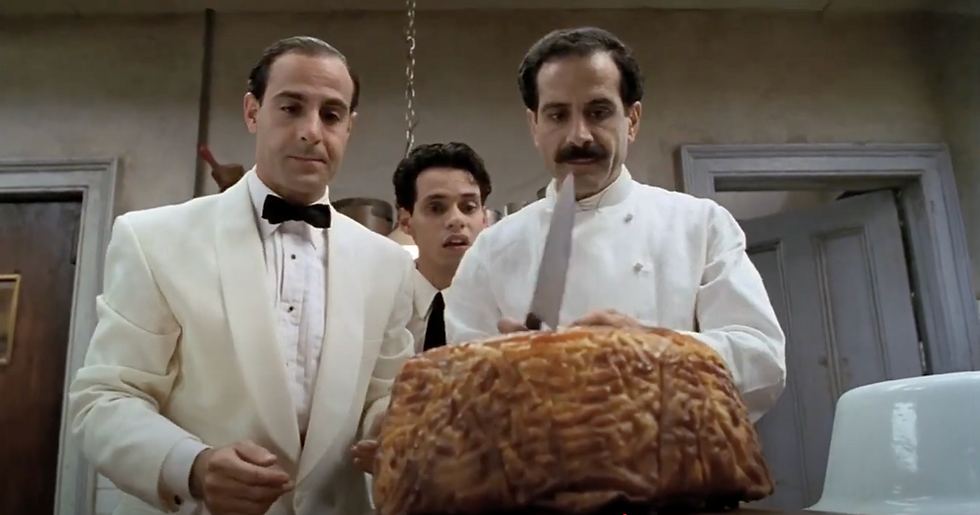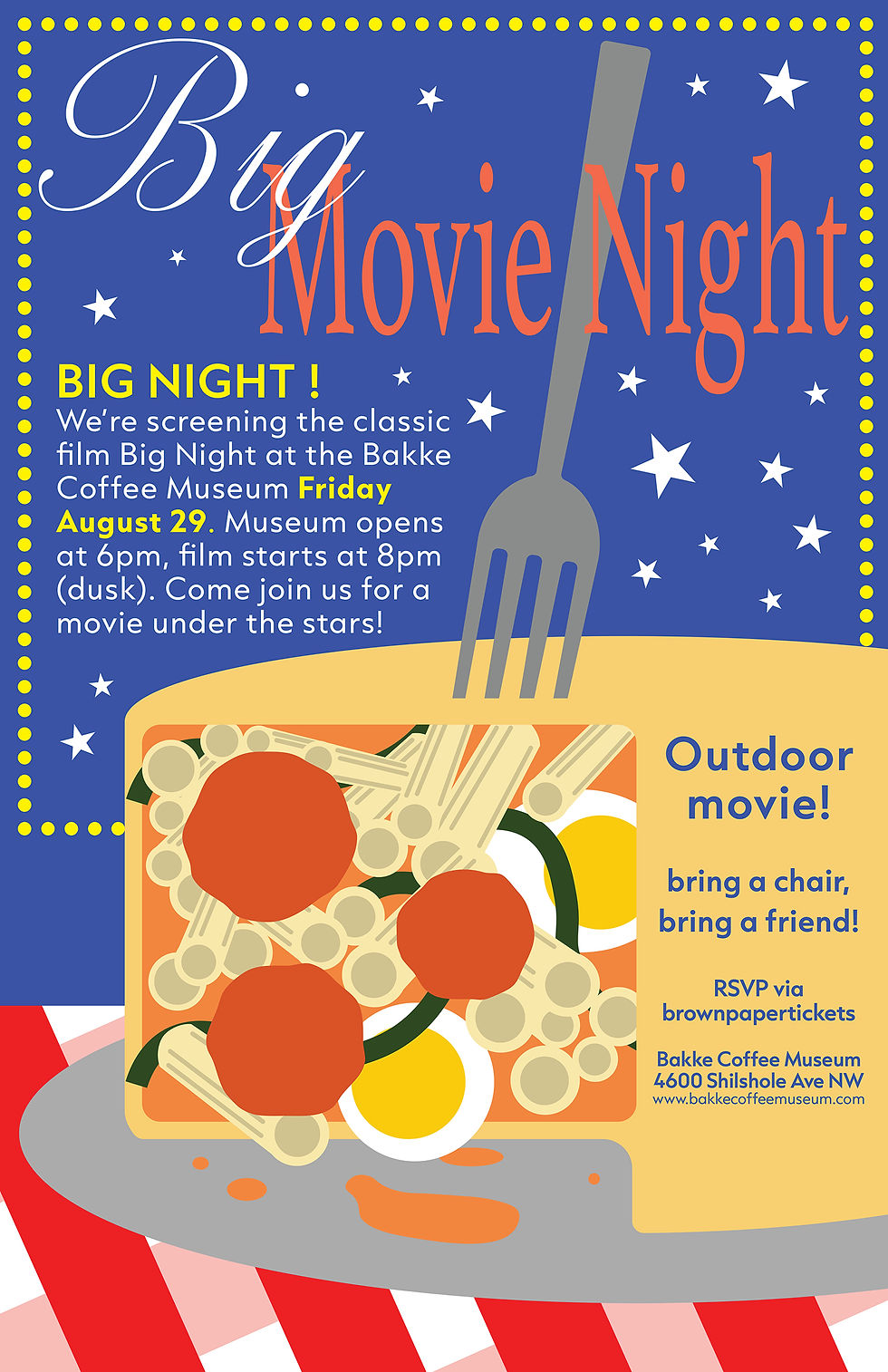- abby inpanbutr
- Nov 9
- 4 min read
Actually, more than 100 years of Espresso! But what an honor to be able to share some of the most iconic machines from the story of espresso in the city where espresso was born.

It is not a coincidence that the first espresso machines were born in Milan, and were in fact unveiled at the trade fair that was the precursor to the Host Milano fair today. Milan has long been a center of industry and innovation, and since the turn of the 20th Century the city has been the place where Italy presented the best of itself to the world. Milan's first "universal" exposition was in 1881, setting the stage for a long tradition in the city. After this came the famous 1906 fair, which placed great emphasis on the possibilities brought by railroads and steam engines. And several aspects of the steam engine era have important visual and technological parallels to the steam that powered and personified the early espresso machines. Speed, danger, new ideas, new ways of life!
In 1906, the Simplon Tunnel was completed, connecting Italy to Switzerland. The railroad tunnel, just over 12 miles cored through the Alps, remained the longest in the world until 1982. In honor of this massive achievement, and to otherwise promote the talents and resources of Italy, the Milan International Exposition was held for several months during the same year. This was the era of grand world's fairs and expositions across the globe — whole temporary cities were constructed, and visitors traveled great distances to attend. Besides celebrating the Simplon Tunnel, transportation was a major theme of the 1906 fair, and one of the major attractions was a "ferrovia elevata", an early elevated tramway that carried visitors to different exhibitions. The tramway was incredibly popular, and essential, as 225 buildings were constructed to house all the attractions displayed at the fair.
In one of those grand pavilions, Luigi Bezzera and Desiderio Pavoni had a booth where they served coffee to visitors from their recently patented machine. It was in fact the first espresso machine, according to conventional definitions. The first espresso! The first coffee made with the pressure of steam forcing the water through the ground coffee, and the first use of the portafilter to make every cup "expressly" for each customer, a totally new phenomenon.
Bezzera and Pavoni were also the first to use the term "caffè espresso", words that seem inseparable to us today. The word espresso in Italian has a clever double meaning: express meaning fast, appropriate for an increasingly fast-paced world, and also express to describe the water being forced through the coffee by pressure. The surviving photograph of their booth (below) has become the defining image of the birth of espresso.

Bezzera and Pavoni collaborated to achieve their goal of manufacturing and selling the original espresso machine. It is difficult now to say who was responsible for what aspect of the machine's design. And although these two men are given the credit for the first espresso machine, they were following in the footsteps of other brilliant inventors working to solve the problem of a better cup of coffee, including Angelo Moriondo. Not long after the 1906 fair the two parted ways, each selling machines under their own name. The earliest Bezzera and La Pavoni machines were nearly identical, sometimes only differing by the number of bolts on the boiler.
It wasn't until the 1920s that the tradition of a giant trade fair resumed again in Milan with regularity, but after that date it occurred annually, becoming a primary stage for promoting new ideas, inventions and technologies. As the demand for caffè espresso increased, more and more companies started up making and selling espresso machines, and many of them proudly displayed their creations at the Milan Fair. To name just a few — Snider, Universal, La San Marco, La Pavoni, and later Cimbali, Gaggia, Faema and more...
The Host Milano trade fair, which focuses on hospitality, goes back to 1937. The Host fair is a direct descendant of the Fiera Milano tradition. It is one of the most important hospitality trade fairs in the world, taking place every other year, and it is now held at a large exhibition complex at the edge of Milan instead of in the city center. The coffee industry is a major part of Host, taking up multiple large exhibition halls. You could walk for miles and still not see all of the latest espresso machines, coffee technology, and supporting products, before you even get to the gelato, pastry, restaurant service, and furniture sections!
Host Milano has inherited the role of the Fiera Milano trade fair in displaying the latest coffee innovations. So it was very appropriate and meaningful that we were able to display the history of espresso through a selection of vintage machines at this year's fair. In collaboration with Henk Langkemper, and Enrico Maltoni of Mumac Cimbali, we were able to offer visitors a close up look at some of the best and most beautiful espresso machines ever made. Visitors truly enjoyed being able to engage with the machines and learn about the history. Some had no knowledge of the history of espresso, and seeing the vintage machines brought the history to life. Other visitors introduced themselves as avid collectors, coming from all over the world, eager to share knowledge and talk about the history. All around, we were able to spend five days sharing and absorbing the best of coffee, old and new, in the city where it all started.
Sharing history is always important. It helps you have more appreciation for the present, as well as the past. And so much of the story exists in the physical machines themselves, in their unique technological aspects and quirks as much as their stunning beauty. Thank you to Henk and Enrico for your passion to collect and preserve the history of espresso! Thank you to everyone that shared your coffee story with us! And thank you Host Milano for helping us make this happen!















































